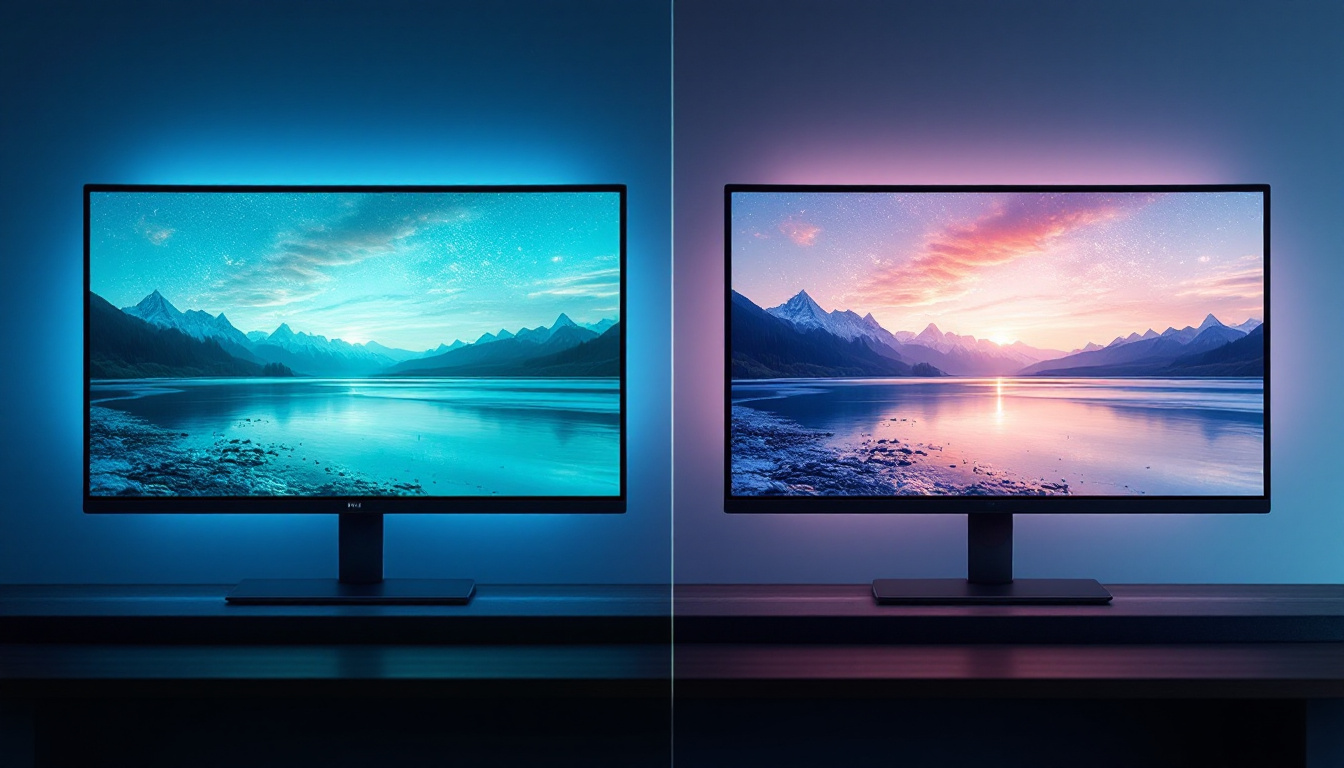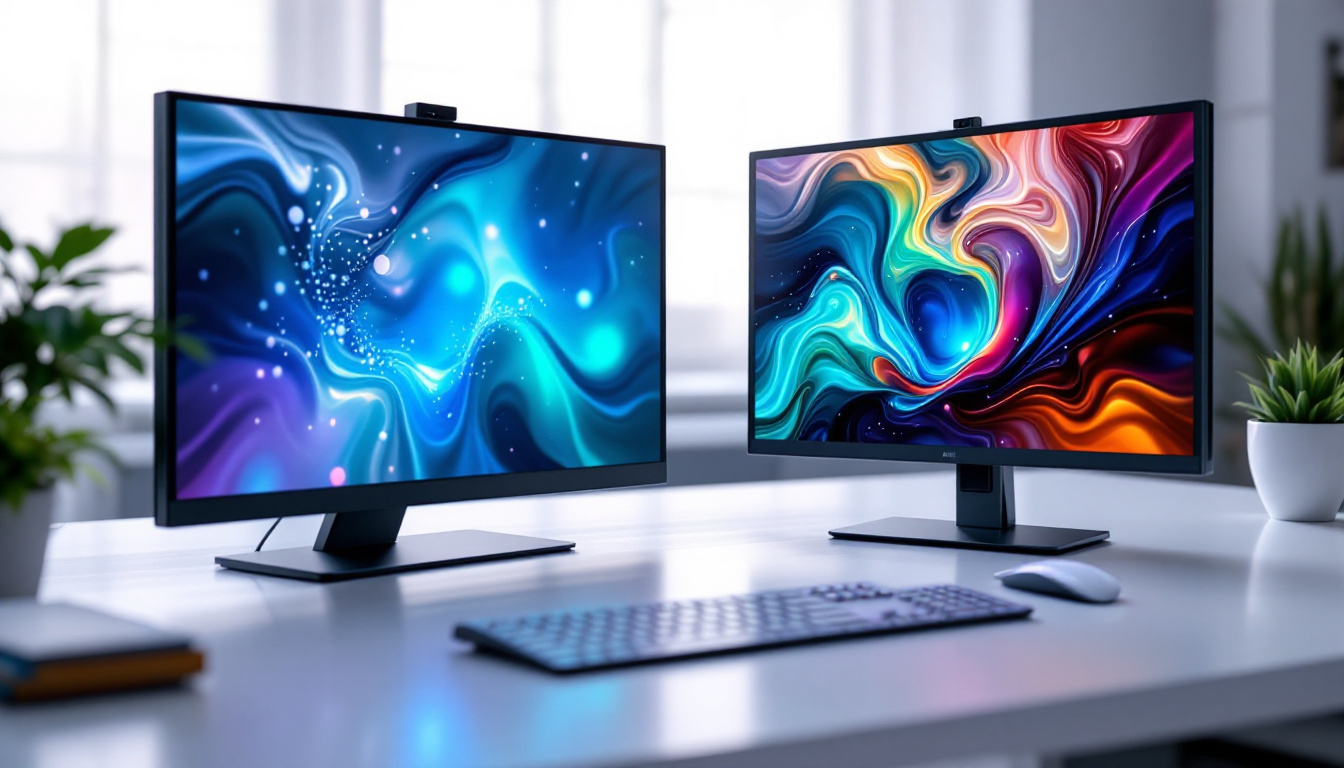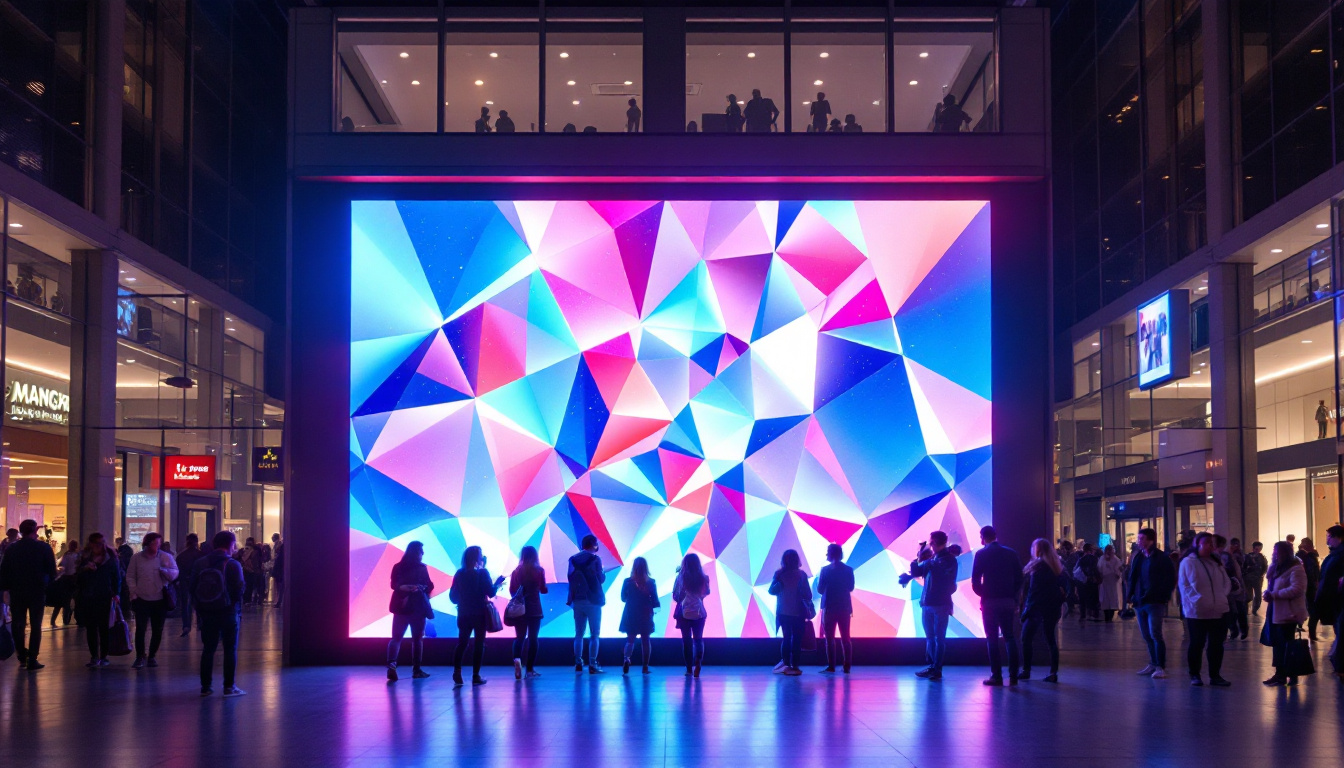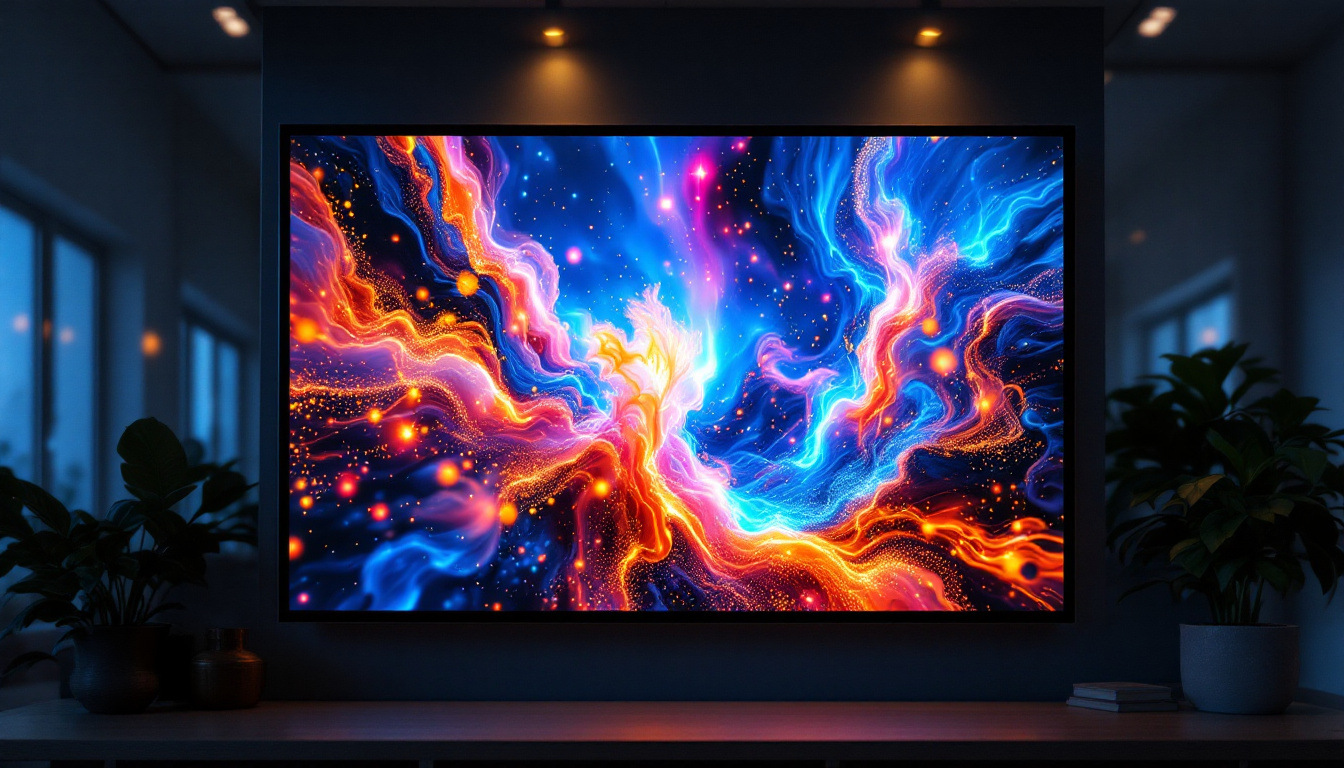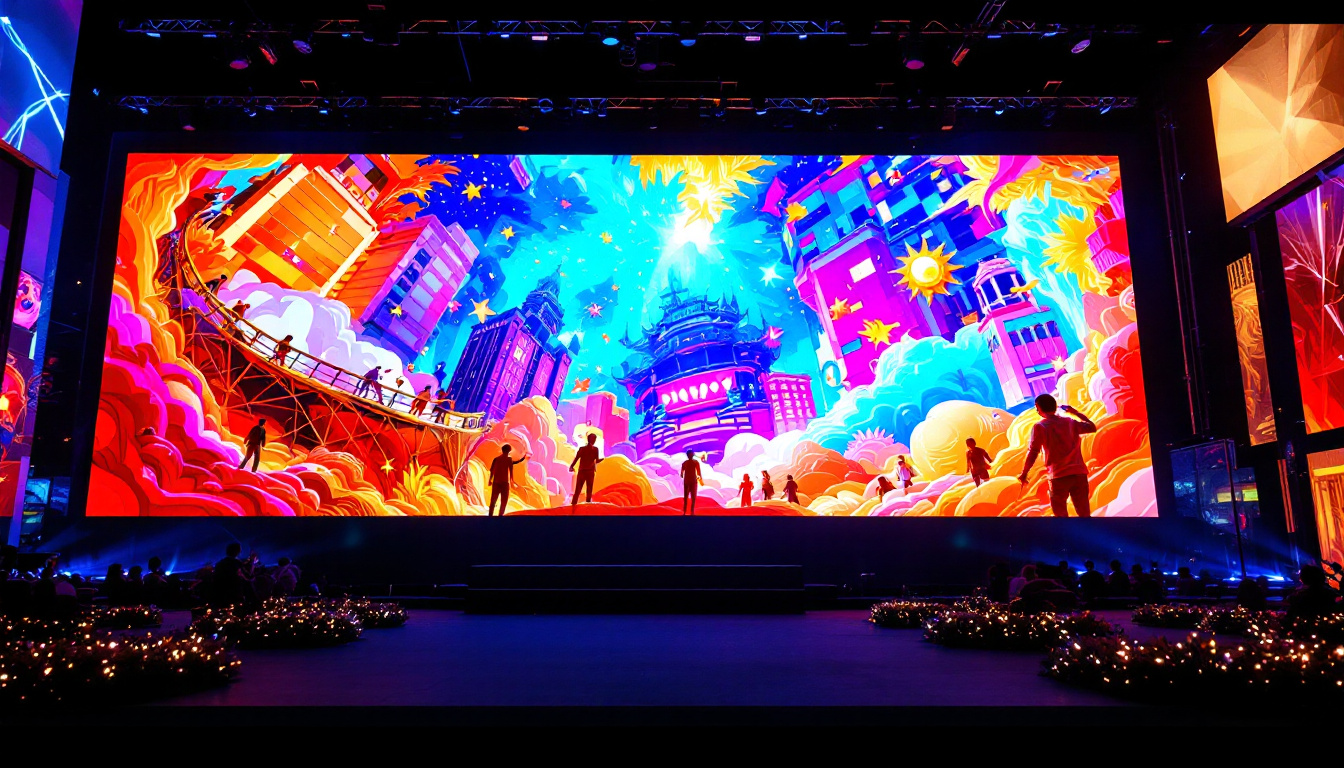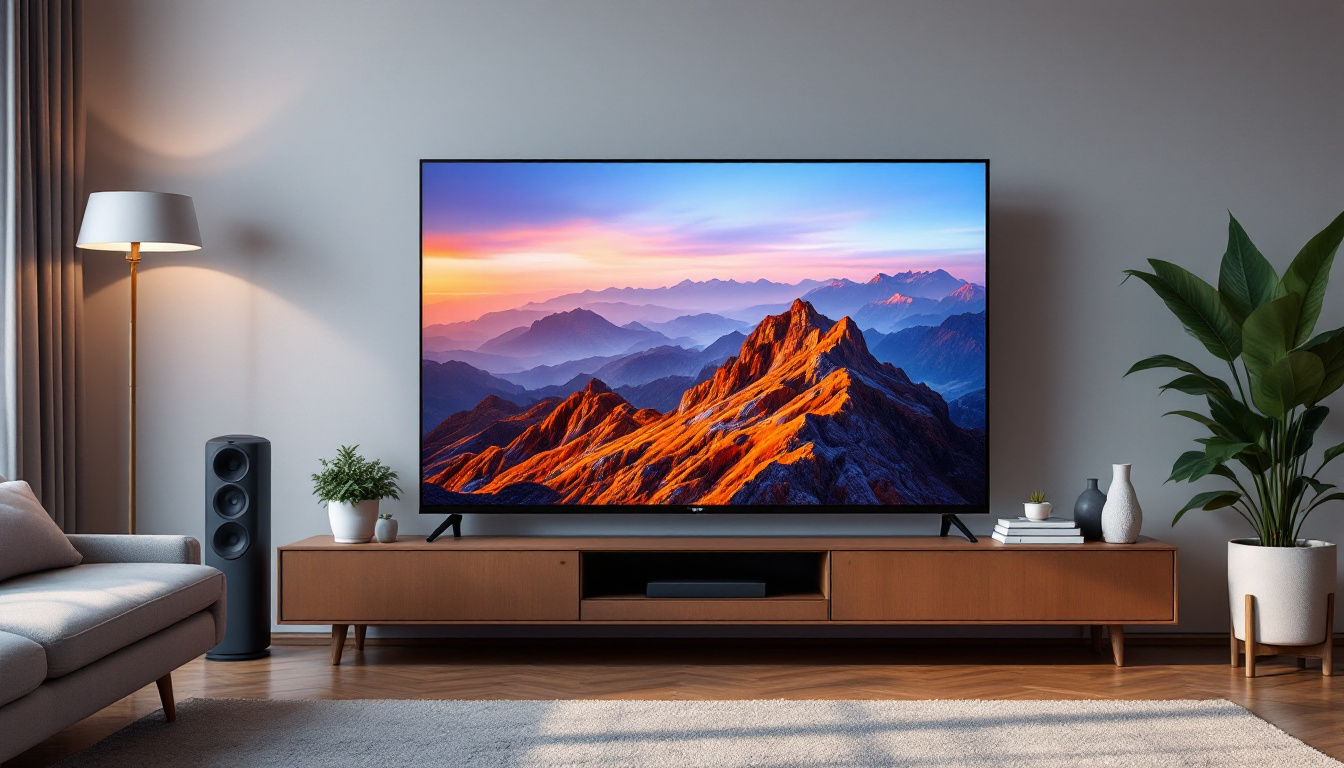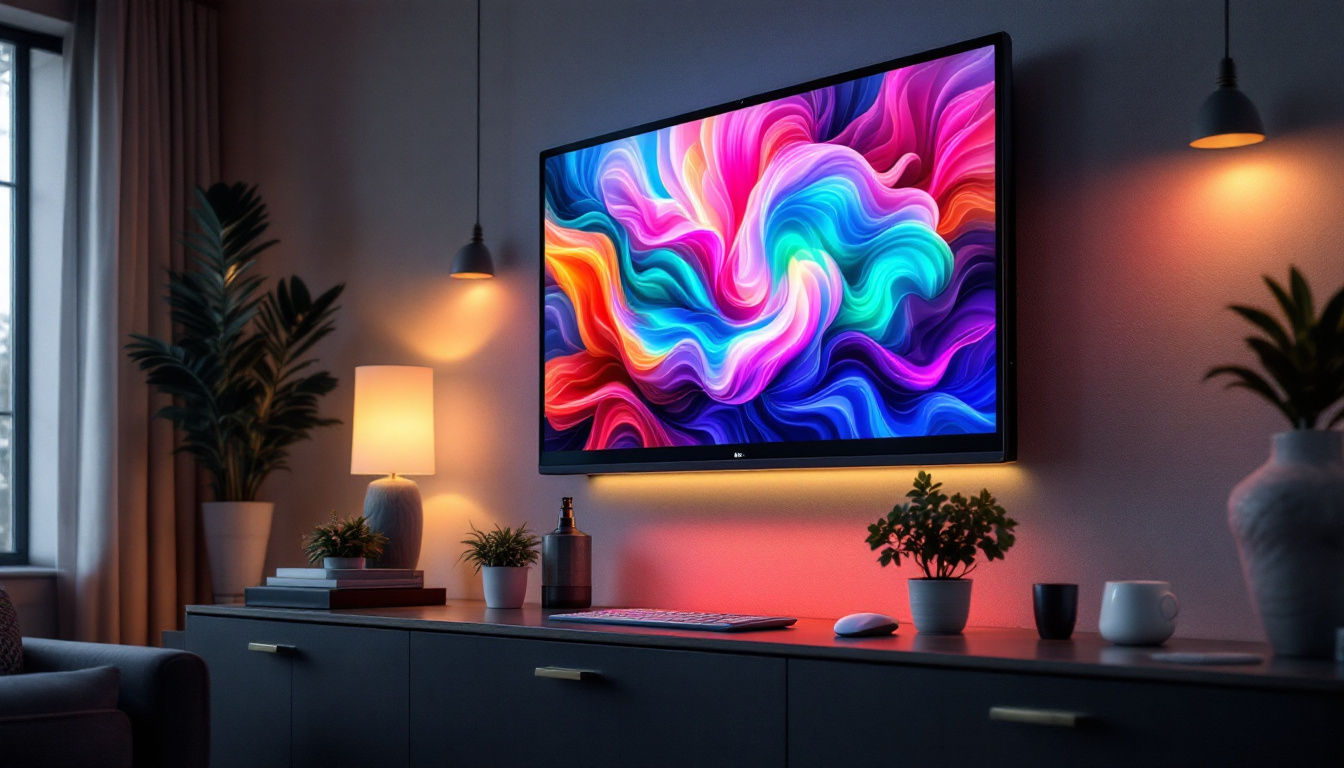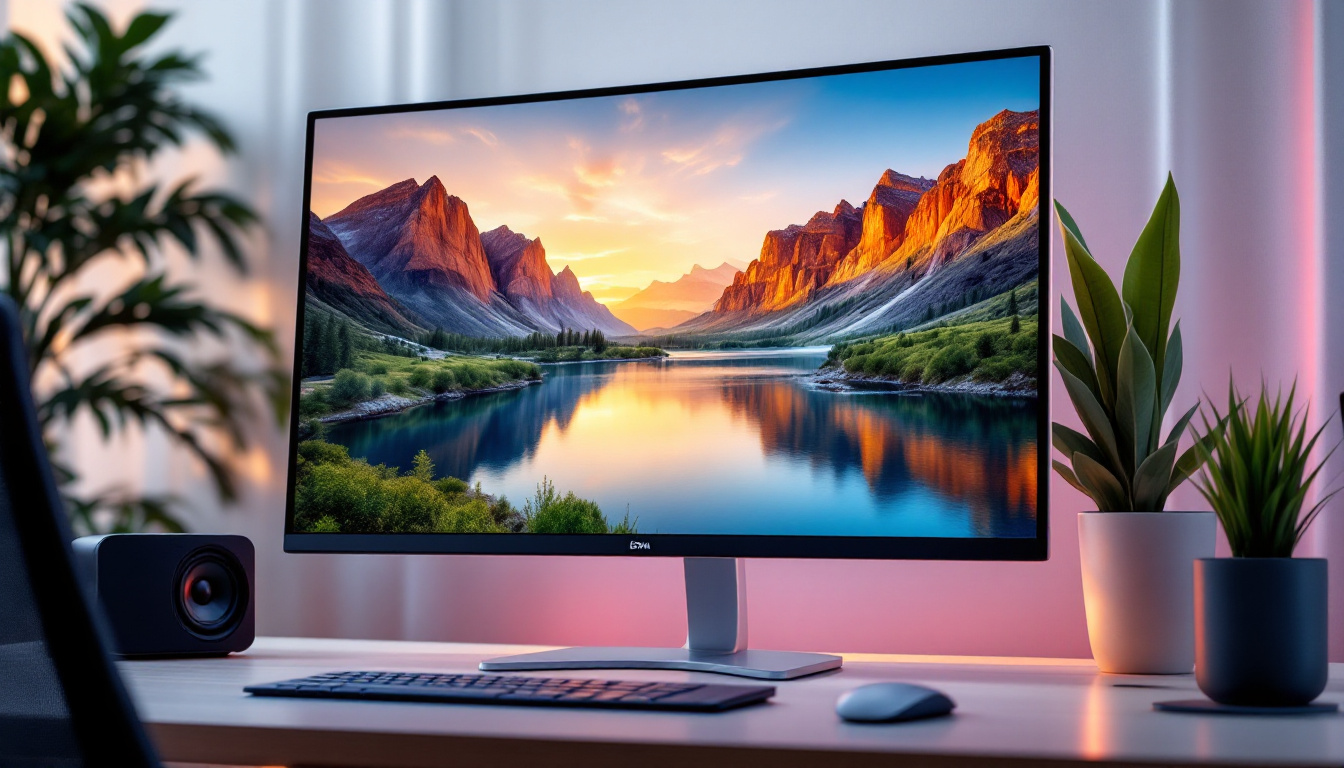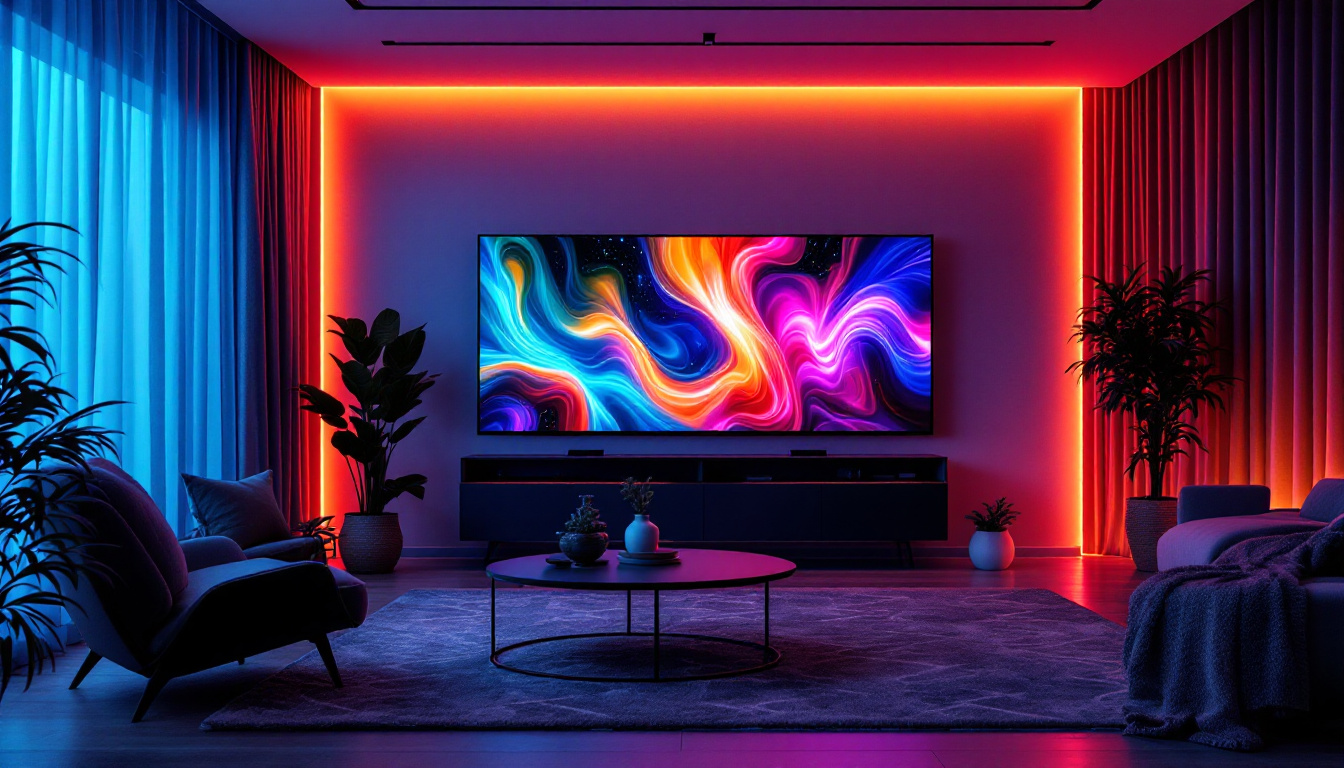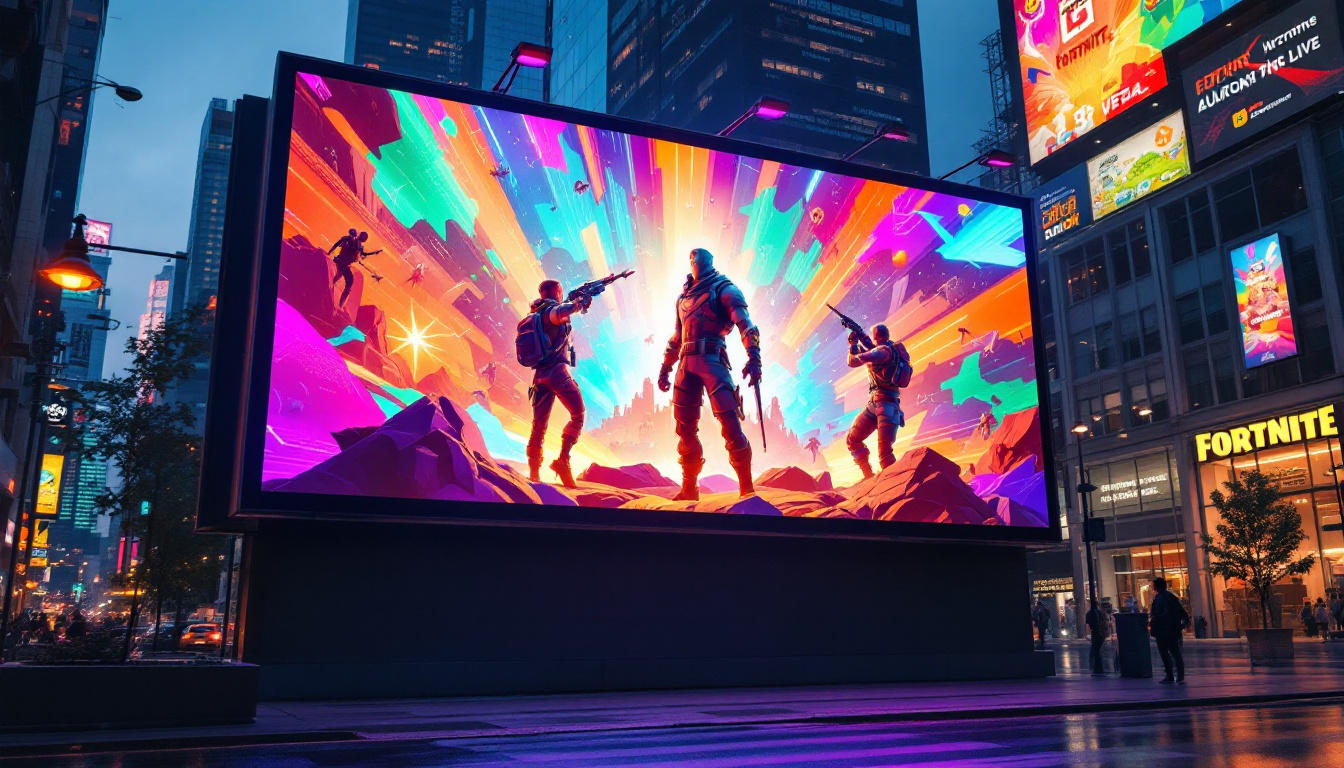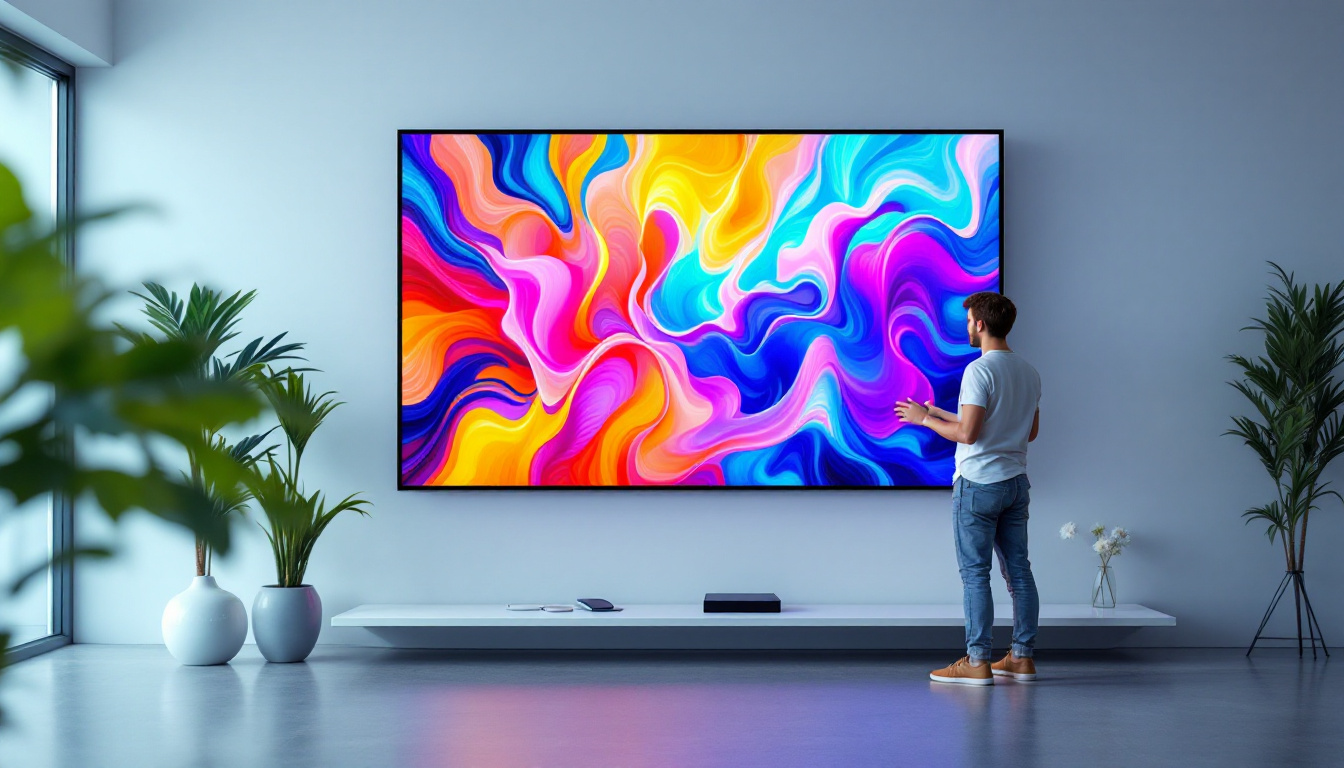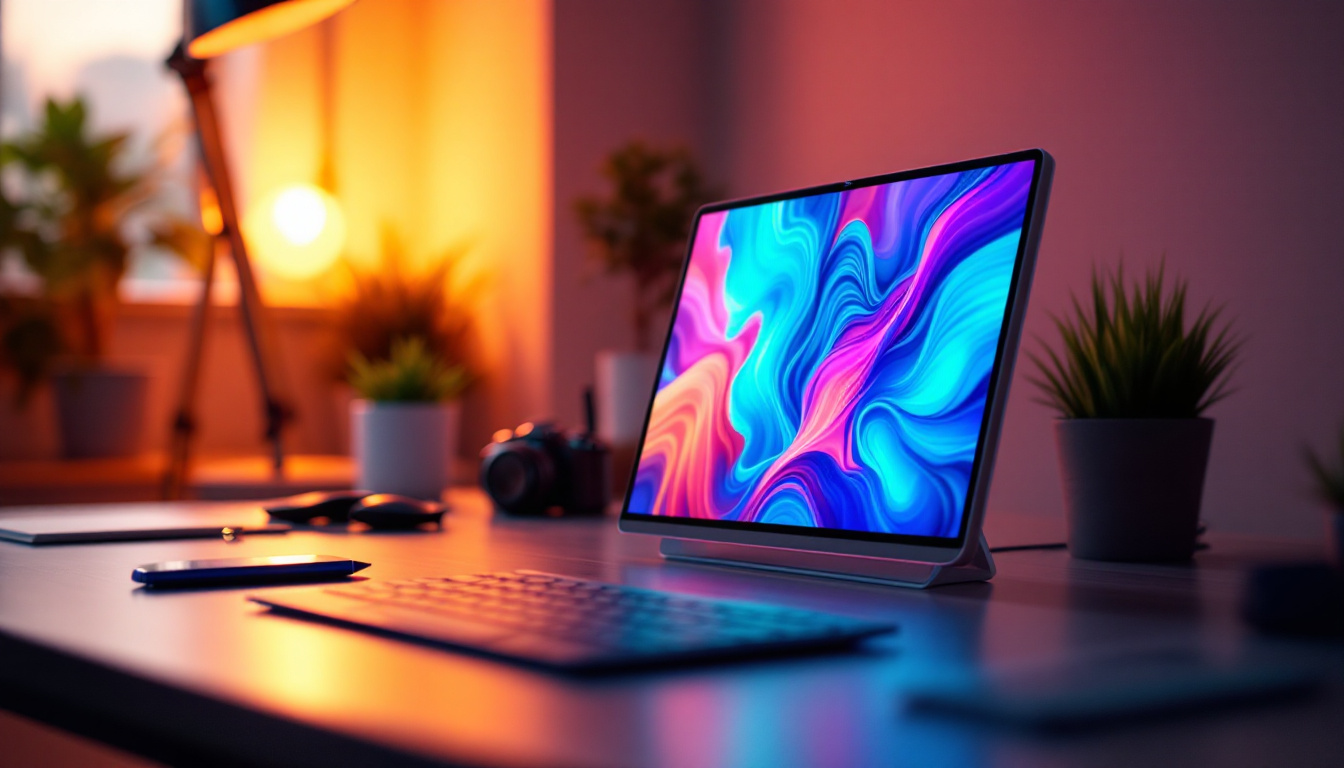In the realm of digital displays, the choice of connection can significantly influence performance and visual quality. Among the various standards available, DisplayPort has emerged as a leading choice for high-definition displays, particularly in gaming, professional graphics, and multimedia applications. This article delves into the differences between DisplayPort 1.2 and 1.4, exploring their capabilities, advantages, and implications for LED displays.
Understanding DisplayPort Technology
DisplayPort is a digital display interface developed by the VESA (Video Electronics Standards Association). It is designed to connect a video source to a display device, such as a monitor or projector. Since its inception, DisplayPort has undergone several revisions, each introducing enhancements that cater to the evolving needs of users.
What is DisplayPort 1.2?
Launched in 2010, DisplayPort 1.2 marked a significant upgrade from its predecessor, offering a maximum bandwidth of 21.6 Gbps. This increase in bandwidth allowed for higher resolutions and refresh rates, making it suitable for 4K displays at 60Hz. Additionally, DisplayPort 1.2 introduced support for Multi-Stream Transport (MST), enabling multiple displays to be connected through a single port.
One of the standout features of DisplayPort 1.2 is its ability to support 10-bit color depth, which enhances the color range and accuracy. This capability is particularly beneficial for professionals in graphic design and video editing, where color fidelity is paramount. Furthermore, the support for audio transmission alongside video signals simplifies the connection process, allowing users to enjoy high-quality audio without the need for additional cables. This integration is especially advantageous in setups where space is limited, such as in home theaters or compact workstations.
What is DisplayPort 1.4?
Released in 2016, DisplayPort 1.4 brought further advancements, increasing the maximum bandwidth to 32.4 Gbps. This enhancement allows for even higher resolutions and refresh rates, supporting 8K displays at 60Hz with HDR (High Dynamic Range) content. The introduction of Display Stream Compression (DSC) 1.2 also allows for lossless compression, enabling the transmission of high-resolution content without compromising quality.
DisplayPort 1.4 also improved support for HDR, which enhances the contrast and color range of images, providing a more immersive viewing experience. This is particularly important for modern LED displays that aim to deliver vibrant and lifelike visuals. Additionally, the inclusion of Adaptive Sync technology in DisplayPort 1.4 helps eliminate screen tearing and stuttering during gaming, creating a smoother experience for gamers. This feature is crucial for competitive gaming, where every frame counts, and can significantly enhance the overall performance of high-refresh-rate monitors.
Comparative Analysis: DisplayPort 1.2 vs. 1.4
Bandwidth and Resolution
One of the primary differences between DisplayPort 1.2 and 1.4 lies in their bandwidth capabilities. DisplayPort 1.2 supports a maximum bandwidth of 21.6 Gbps, which is sufficient for 4K displays at 60Hz. In contrast, DisplayPort 1.4, with its 32.4 Gbps bandwidth, can handle 8K displays at 60Hz and even 4K displays at higher refresh rates.
This increased bandwidth is crucial for users who demand high-resolution content, such as gamers and professionals working with 3D graphics or video editing. The ability to support higher resolutions without compromising refresh rates ensures smoother performance and a more enjoyable viewing experience. Additionally, this higher bandwidth allows for the transmission of uncompressed audio formats, which is essential for home theater setups and professional audio work, making DisplayPort 1.4 a more versatile choice for multimedia applications.
Support for HDR and Color Depth
HDR technology has transformed the way content is viewed, providing deeper blacks and brighter whites, along with a wider color gamut. DisplayPort 1.4 offers enhanced support for HDR, allowing for a more dynamic range of colors and brightness levels compared to DisplayPort 1.2.
While DisplayPort 1.2 supports 10-bit color depth, DisplayPort 1.4 can handle 12-bit color depth, further improving color accuracy and richness. This is particularly beneficial for applications where color precision is critical, such as in graphic design, photography, and video production. Moreover, the ability to display HDR content means that users can experience films and games as they were intended, with vibrant colors and striking contrasts that bring visuals to life. This advancement is especially noticeable in modern gaming, where HDR can significantly enhance the overall gaming experience by providing a more immersive environment.
Multi-Stream Transport (MST) Capabilities
Both DisplayPort 1.2 and 1.4 support Multi-Stream Transport (MST), which allows multiple monitors to be connected through a single DisplayPort connection. However, the increased bandwidth of DisplayPort 1.4 means that it can support more displays at higher resolutions compared to DisplayPort 1.2.
This is particularly advantageous for professionals who require extensive screen real estate for multitasking or immersive gaming experiences. The ability to daisy-chain multiple monitors without sacrificing performance is a significant benefit of the latest DisplayPort standard. Additionally, DisplayPort 1.4 introduces support for Display Stream Compression (DSC), which allows for even higher resolutions and refresh rates without the need for additional bandwidth. This means that users can connect multiple high-resolution displays while maintaining optimal performance, making it an ideal choice for creative professionals, gamers, and anyone looking to enhance their productivity with a multi-monitor setup.
Practical Implications for LED Displays
Choosing the Right DisplayPort Version
When selecting a DisplayPort version for LED displays, it is essential to consider the intended use case. For users primarily engaging in standard office tasks or casual gaming, DisplayPort 1.2 may suffice, offering adequate performance for 1080p or 1440p displays.
However, for gamers, graphic designers, and video editors who work with high-resolution content, DisplayPort 1.4 is the superior choice. Its ability to support 8K displays and HDR content ensures that users can fully leverage the capabilities of modern LED displays, providing a more immersive and visually stunning experience. The increased bandwidth of DisplayPort 1.4, which allows for higher frame rates and better color depth, can make a significant difference in fast-paced gaming scenarios or detailed graphic work, where every frame and color nuance counts.
Compatibility Considerations
Another critical factor to consider is compatibility. While DisplayPort 1.4 is backward compatible with DisplayPort 1.2, users must ensure that their graphics card and display support the desired version. Using a DisplayPort 1.4 cable with a DisplayPort 1.2 device will limit performance to the capabilities of the older standard.
Additionally, users should be aware that some features, such as HDR and DSC, may not be available if either the source or the display does not support DisplayPort 1.4. Therefore, it is essential to check the specifications of both the graphics card and the display to ensure optimal performance. This diligence can prevent frustration and ensure that users are not left wanting when it comes to the visual quality of their content. Furthermore, as technology evolves, it is wise to stay informed about upcoming standards and compatibility issues that could affect future upgrades.
Future-Proofing Your Setup
Investing in DisplayPort 1.4 technology can be seen as a future-proofing strategy. As display technology continues to advance, particularly with the rise of 8K displays and enhanced HDR content, having the latest version of DisplayPort ensures that users can take full advantage of these developments.
Moreover, as more content becomes available in higher resolutions and with improved color accuracy, using DisplayPort 1.4 can provide a competitive edge, especially in fields that rely heavily on visual fidelity. In addition to gaming and design, industries such as film production and virtual reality are increasingly demanding higher bandwidth and better color reproduction. By adopting DisplayPort 1.4 now, users position themselves to seamlessly integrate with future technologies, ensuring that their setups remain relevant and capable of handling the latest advancements in visual media. This foresight not only enhances current experiences but also saves on potential future upgrade costs, making it a savvy investment for tech enthusiasts and professionals alike.
Conclusion
The comparison between DisplayPort 1.2 and 1.4 reveals significant advancements that cater to the growing demands of high-resolution displays and multimedia applications. While DisplayPort 1.2 remains a viable option for many users, DisplayPort 1.4 offers enhanced capabilities that are particularly beneficial for professionals and enthusiasts alike.
Ultimately, the choice between the two versions should be guided by individual needs and the specific requirements of the display setup. As technology continues to evolve, staying informed about these standards will ensure that users can make educated decisions that enhance their visual experiences.
Additional Resources
For those looking to explore more about DisplayPort technology and its applications, consider the following resources:
By understanding the differences between DisplayPort 1.2 and 1.4, users can make informed choices that enhance their LED display experience, ensuring they are well-equipped for the future of digital displays. Additionally, it’s worth noting that DisplayPort technology is not just limited to monitors and televisions; it also plays a crucial role in the realm of virtual reality (VR) and gaming. Many VR headsets utilize DisplayPort connections to deliver high refresh rates and low latency, which are essential for immersive experiences. This capability allows gamers to enjoy smoother graphics and more responsive gameplay, making DisplayPort an integral part of modern gaming setups.
Furthermore, as the demand for higher resolutions and refresh rates continues to grow, DisplayPort standards are evolving to meet these challenges. The latest iterations of DisplayPort are designed to support 8K resolution at 60Hz and even 4K at 240Hz, catering to the needs of professional content creators and avid gamers alike. This advancement not only enhances visual fidelity but also ensures that users can take full advantage of cutting-edge display technologies, such as HDR (High Dynamic Range) and wide color gamuts, which further enrich the viewing experience.
Explore Advanced LED Display Solutions with LumenMatrix
As you consider the benefits of DisplayPort 1.4 for your high-resolution display needs, remember that the right LED technology can further elevate your visual experience. LumenMatrix, a pioneer in LED display technology, offers an extensive range of solutions tailored to various applications. From captivating Indoor and Outdoor LED Wall Displays to innovative options like Vehicle LED Displays, LED Posters, and even Custom LED solutions, LumenMatrix is committed to revolutionizing visual communication. Embrace the future of digital signage and create unforgettable visual narratives with LumenMatrix’s cutting-edge LED displays. Check out LumenMatrix LED Display Solutions today and see how they can transform your space into a dynamic and engaging environment.

